Water Holding Capacity (WHC) in Seafood
By. Najih - 26 Sep 2025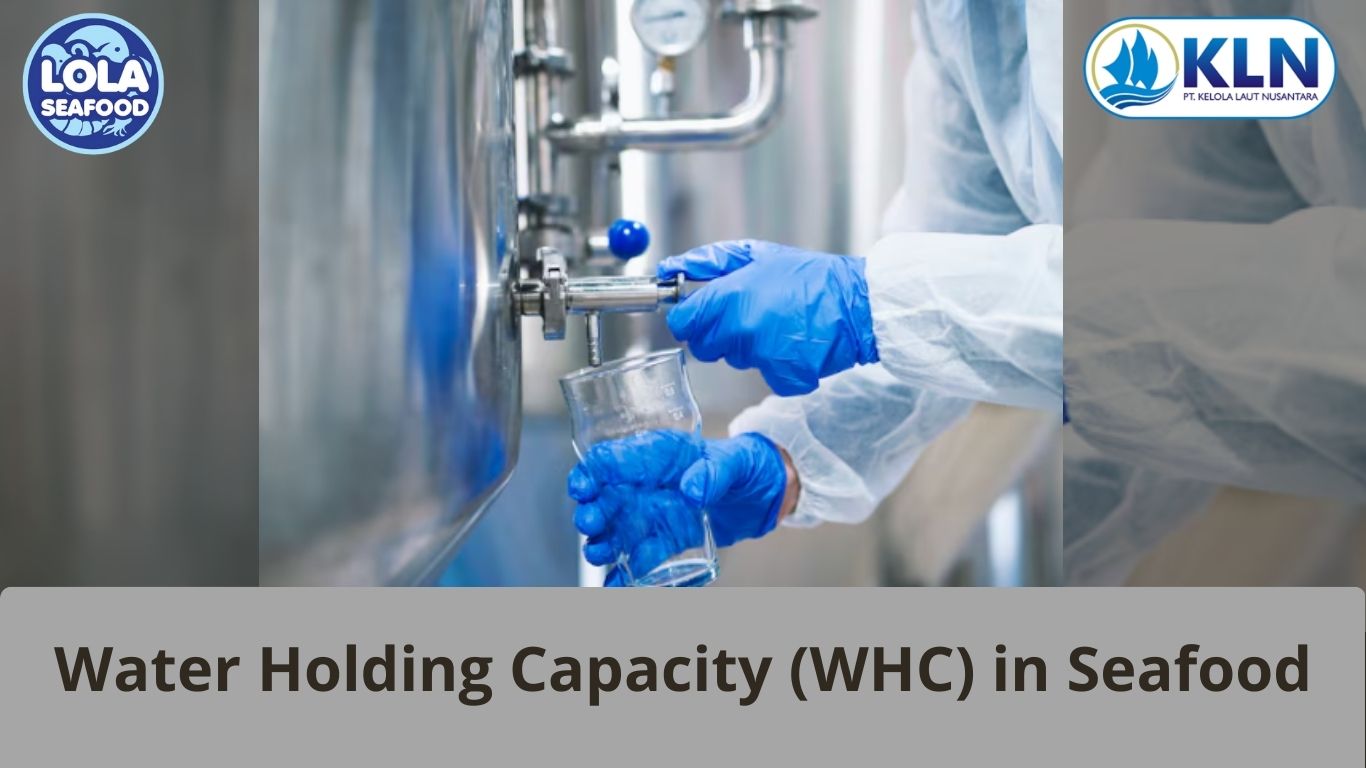
Kelolalaut.com Water is one of the most important components of seafood, accounting for 60–80% of its weight depending on the species. The ability of seafood to retain this water during processing, storage, and cooking is known as Water Holding Capacity (WHC). WHC is a critical quality parameter because it influences texture, juiciness, appearance, and even the economic value of seafood. Inadequate WHC leads to excessive drip loss, reduced yield, and undesirable texture changes, which negatively affect both processors and consumers.
What Is Water Holding Capacity (WHC)?
Water Holding Capacity refers to the ability of muscle tissue to retain its naturally occurring water when subjected to external forces such as cutting, freezing, thawing, or cooking. In seafood, this capacity is primarily determined by the structure and chemical state of muscle proteins. When muscle proteins are intact and properly bound, they effectively hold water within the muscle fibers. However, any disruption to protein structure—whether due to poor handling, improper storage, or physical stress—reduces WHC, causing water to leak out.
Factors Affecting WHC in Seafood
Several biological and processing factors influence WHC:
1. Pre and Post Mortem Handling
Immediately after harvest, fish undergo physiological changes including rigor mortis. Handling practices during this period play a crucial role in determining WHC. Rough handling, delayed chilling, or exposure to fluctuating temperatures can damage muscle fibers and reduce their ability to retain water.
2. pH of Muscle Tissue
Muscle pH is one of the most critical determinants of WHC. After death, glycogen in the muscle is converted into lactic acid, lowering the pH. If the pH falls too rapidly or too low, proteins denature and lose their ability to bind water, resulting in higher drip loss. Maintaining an optimal pH range helps preserve WHC and overall quality.
3. Freezing and Thawing Processes
Freezing is a common method for preserving seafood, but the rate of freezing significantly affects WHC. Slow freezing leads to the formation of large ice crystals that rupture cell walls, releasing water during thawing. Rapid freezing, such as Individually Quick Freezing (IQF), produces smaller ice crystals and helps maintain WHC. Similarly, proper thawing techniques are essential to prevent unnecessary water loss.
4. Processing Techniques
Mechanical actions like filleting, mincing, and pressing can disrupt muscle structure, lowering WHC. On the other hand, certain processing aids, such as phosphates, are used to improve WHC by increasing the muscle’s ability to bind water. This is particularly common in shrimp and surimi production.
Why WHC Matters for Quality and Yield
WHC is directly linked to key sensory and commercial qualities of seafood:
- Texture and Juiciness: High WHC results in firm, succulent seafood, while low WHC causes dryness and a rubbery texture after cooking.
- Appearance: Excessive drip loss leads to unattractive watery packaging, making the product less appealing to consumers.
- Nutritional Value: Water loss is often accompanied by the leaching of soluble proteins, vitamins, and minerals, lowering nutritional quality.
- Economic Impact: Since seafood is sold by weight, water loss translates to reduced yield and financial losses for producers.
Water Holding Capacity (WHC) is a crucial determinant of seafood quality, influencing yield, texture, appearance, and consumer satisfaction. By understanding the factors that affect WHC—such as pH, freezing rate, and handling practices—seafood processors can adopt measures to preserve it. Maintaining optimal WHC not only enhances product quality but also reduces economic losses and ensures that consumers receive seafood that is fresh, juicy, and nutritious. As the seafood industry continues to grow, focusing on WHC will remain an essential part of quality management and value optimization.
If youre interested in our Catfish Fillet Skinless , Catfish Steak and Catfish Whole Round / Whole Gilled Gutted please do not hesitate to contact us through email and/or Whatsapp
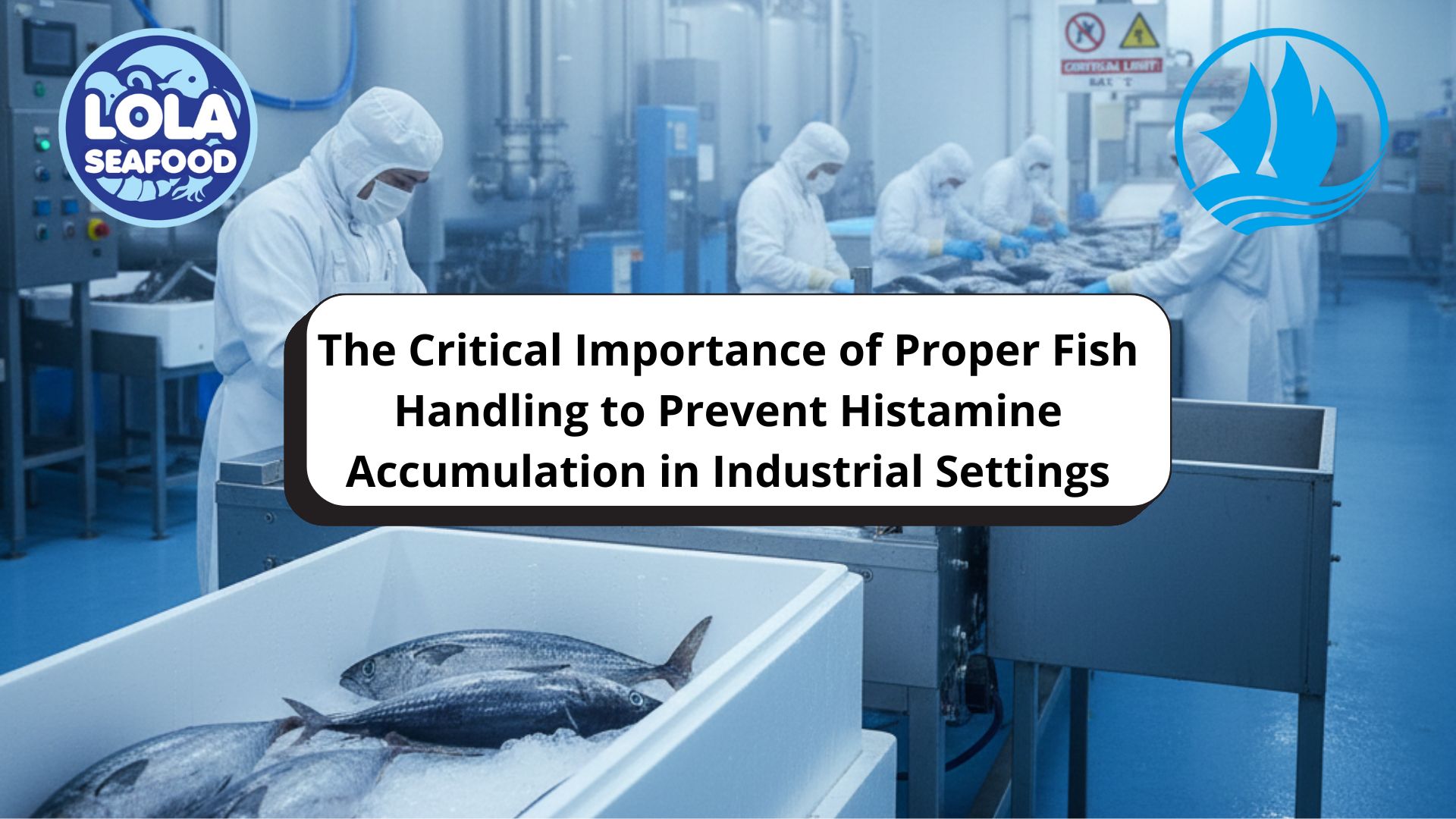
The Critical Importance of Proper Fish Handling to Prevent Histamine Accumulation in Industrial Settings
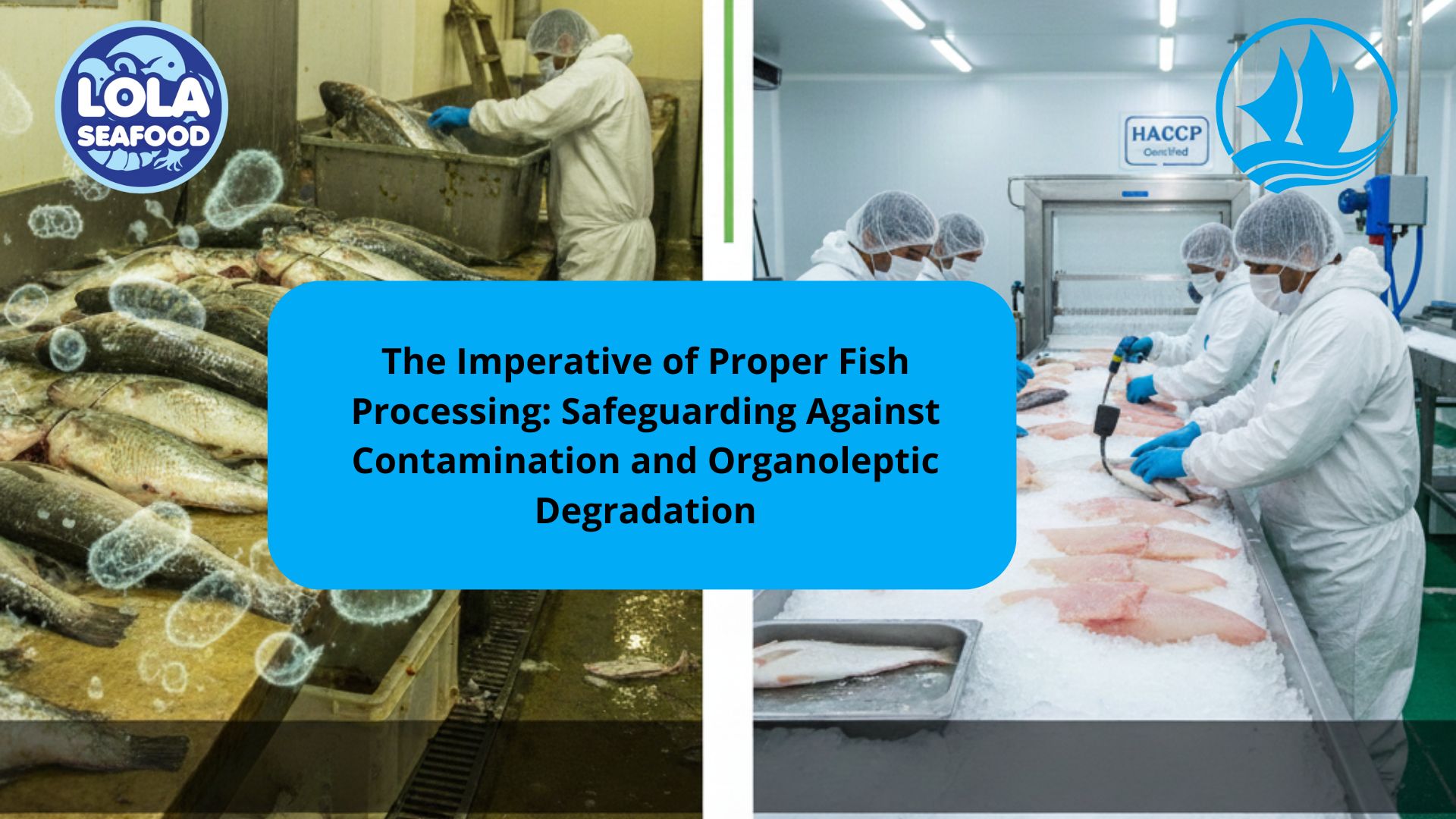
The Imperative of Proper Fish Processing: Safeguarding Against Contamination and Organoleptic Degradation
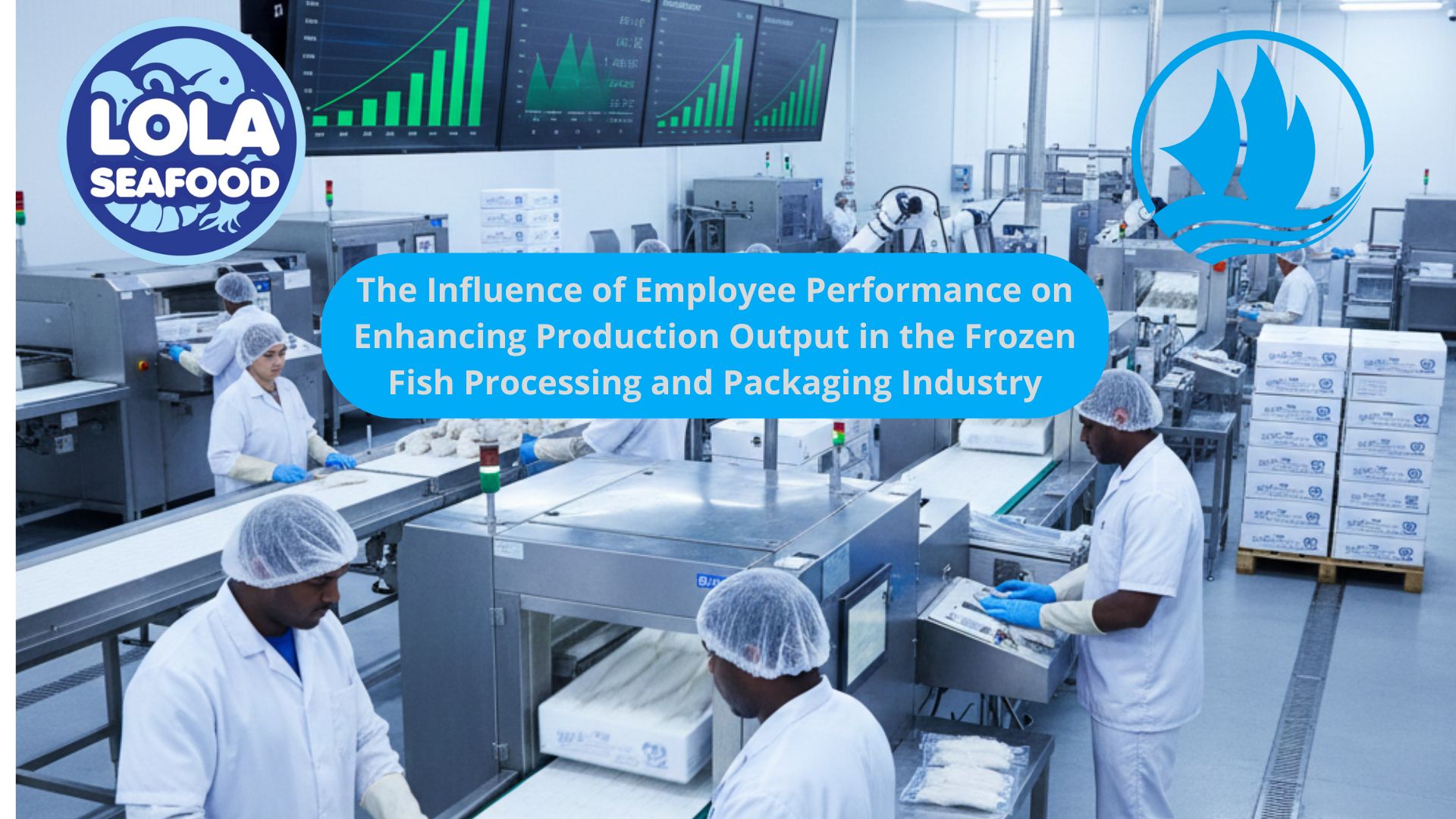

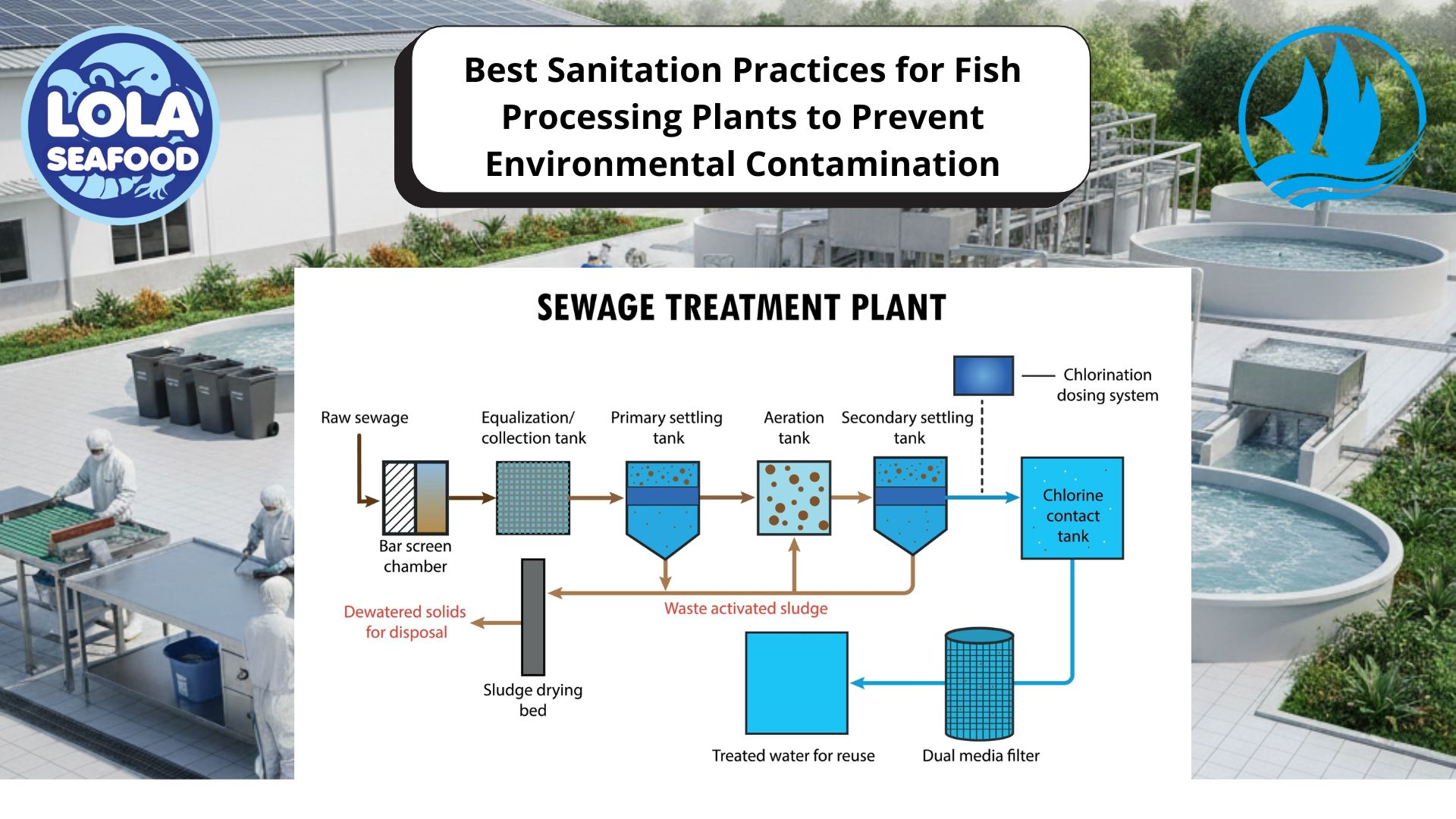

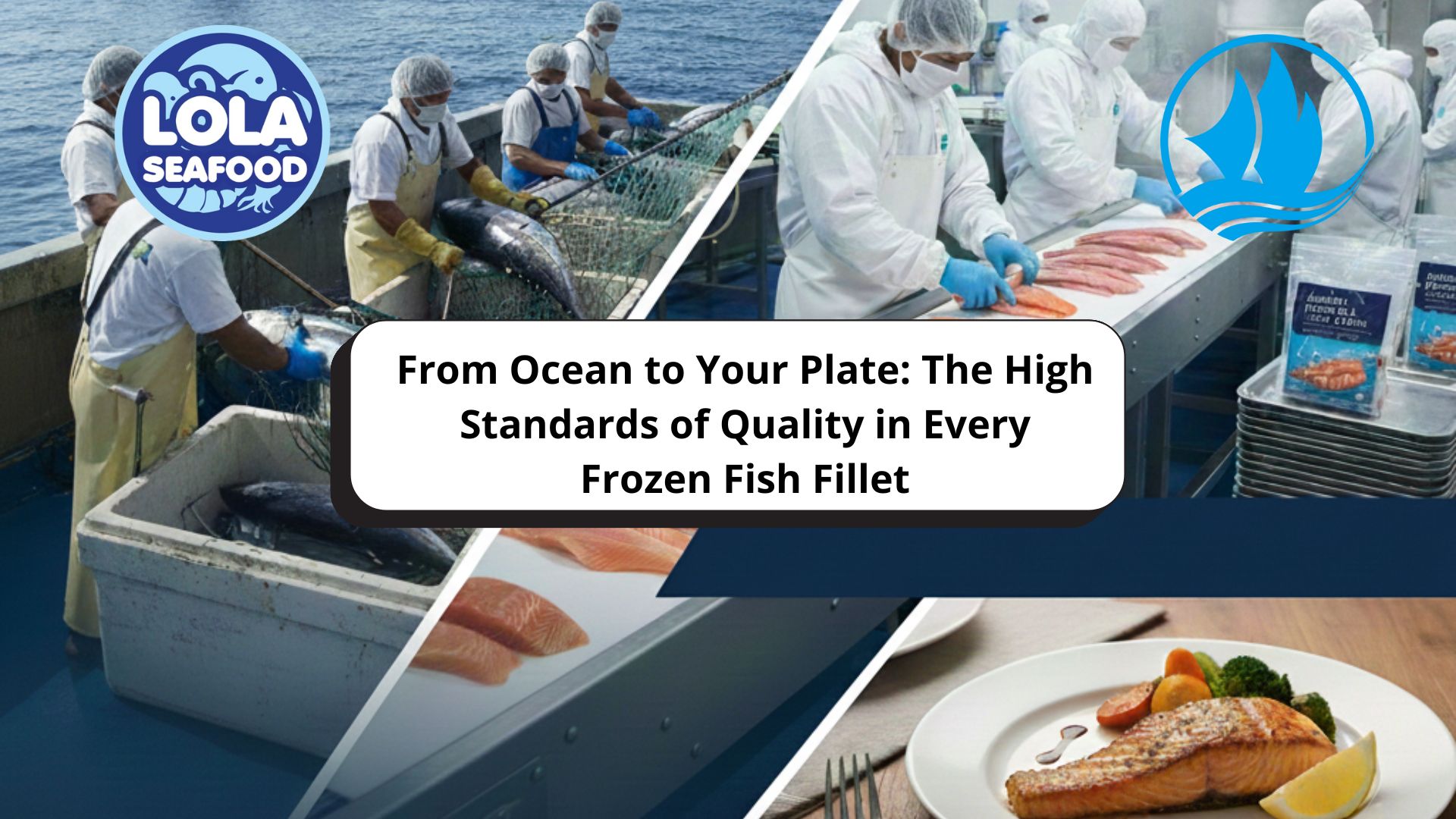

.jpg)